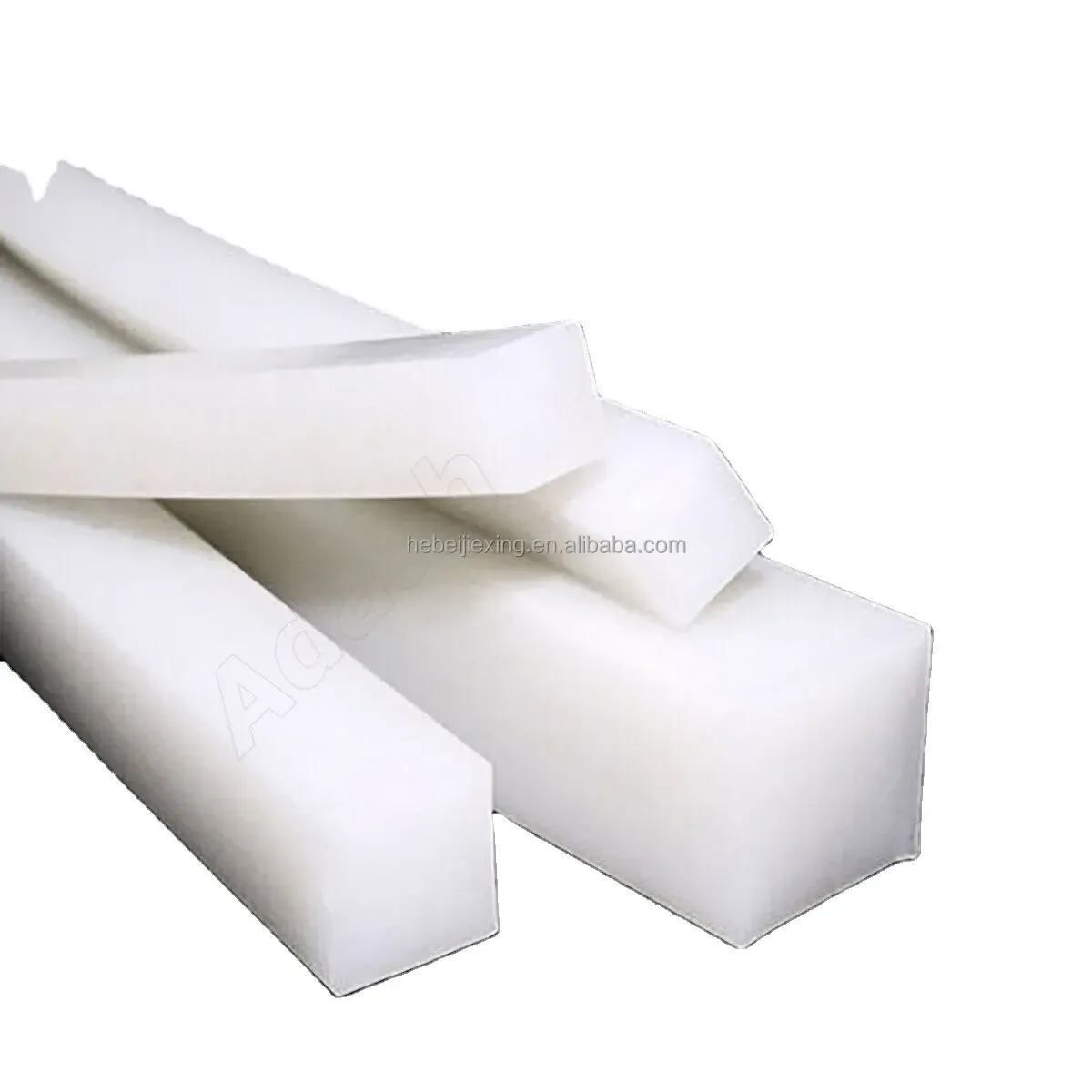The Importance of Bottom Draught Exclusion for Cold and Moisture Prevention in Doors
In modern architectural design and construction, the sealing of doors and windows is increasingly valued, especially the application of bottom sealed doors is particularly important. The door bottom draught excluder not only adds a visual aesthetic to the building, but also effectively enhances indoor comfort and energy efficiency in terms of functionality. With the increasing awareness of environmental protection and the promotion of energy-saving and emission reduction policies, the importance of bottom sealed doors in preventing cold and moisture is becoming increasingly prominent, and they have become an indispensable part of modern buildings.

The bottom drain exclude of the door can effectively block the entry of cold wind and air
In the cold winter, it is necessary to maintain a stable temperature inside buildings to ensure the comfort and health of residents. The design of the bottom seal door can closely connect with the ground, preventing cold air from seeping into the room through the door gap. This design not only maintains indoor warmth and reduces energy consumption of the heating system, but also improves the overall energy efficiency of the building, in line with the concept of sustainable development.
The bottom drain exclude of the door also has significant effects in moisture and prevention
In humid environments, ground moisture not only damages building structures, but may also cause mold growth, affecting the health of residents. The under door draught stopper design can effectively prevent moisture from seeping through the door seams, keeping the indoor environment dry and fresh. In addition, good sealing performance can prevent rainwater from infiltrating through the bottom of the door, thereby reducing the risk of structural damage and extending the service life of the building.
The use of a bottom drain exclude can also help improve indoor air quality
When the door gap is not tightly sealed, external dust, pollutants, and harmful gases are more likely to enter the room, affecting air hygiene. The under door draft stopper can effectively prevent the intrusion of these harmful substances, creating a clean and safe living environment for residents. This also meets the basic requirements of healthy buildings and promotes the use of environmentally friendly building materials.
The application of door bottom drain exclude is also an aesthetic consideration in architectural design
The sealing design of the door bottom seal strip to some extent reflects the integrity and delicacy of the building, achieving a balance between functionality and art. This detail not only enhances the appearance of the building, but also demonstrates the designer's focus on user experience.
In summary, the importance of bottom sealed doors in preventing cold and moisture cannot be ignored. It is not only a reflection of the comfort and functionality of buildings, but also a concrete manifestation of modern architecture's pursuit of sustainable development and environmental protection concepts. With the continuous advancement of building technology, we have reason to believe that bottom sealing doors will play a more important role in future building designs.
-
Under Door Draught Stopper: Essential ProtectionNewsJul.31,2025
-
Garage Door Seal and Weatherstrips for ProtectionNewsJul.31,2025
-
Edge Banding Tape for Perfect EdgesNewsJul.31,2025
-
Table Corner Guards and Wall Corner ProtectorsNewsJul.31,2025
-
Stair Nose Edging Trim and Tile Stair SolutionsNewsJul.31,2025
-
Truck Bed Rubber Mats for Pickup BedsNewsJul.31,2025
-
Window Weather Stripping for Noise ReductionNewsJul.29,2025